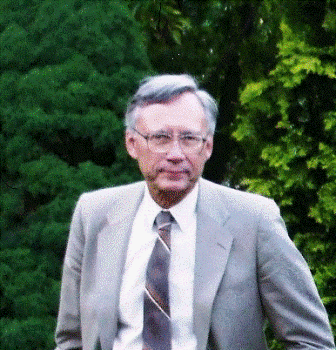Year: 2013
Newton’s discovery of f=ma resulted from mathematically modeling patterns observed in changes of velocities. Its first form was fully empirical. The patterns were represented by acceleration. From those patterns it was inferred that there were two other properties, force and resistance to force. Resistance to force was called mass. The properties of distance and time were naturally indefinable. There were no properties before them by which to define them. Acceleration consists of those two indefinable properties. It was believed that either force or mass must also be made an indefinable property. Mass was made the third indefinable property. All other mechanical physics properties are definable in terms of distance, time and mass. That decision was the first step in adding theory onto physics equations. All theory that followed was affected by that decision. This paper presents the alternative view where neither force nor mass are made an indefinable property. Both are defined using only those same terms in which the empirical evidence, from which their existence was inferred, is expressed. Those terms in which acceleration is expressed are the properties of distance and time. Their units are meters and seconds. Both mass and force are given units defined from combinations of meters and seconds. There are multiple possible combinations. The choice that was logical and successful was to give mass units of inverse acceleration. Force, as the ratio of two accelerations was reduced to being unit free. The consequence of that act was that fundamental unity was achieved and remained present in the development of theory that followed. The physical meaning of inverse acceleration and important portions of higher level theory that followed are presented.


